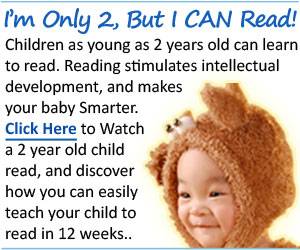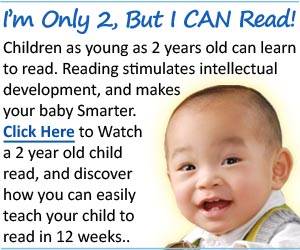Understanding autism and its symptoms. Autism, also known as Autism Spectrum Disorder (ASD), is a complex developmental disorder that affects communication, social interaction, and behavior. It’s a spectrum disorder, which means that it affects individuals differently and to varying degrees. In this blog post, we’ll take a closer look at autism, its symptoms, and what it means to have autism.
First, let’s talk about the symptoms of autism. Some of the most common symptoms include difficulty with communication and social interaction, repetitive behaviors, and difficulty with change.
One of the biggest challenges for individuals with autism is communication. Many individuals with autism have difficulty with verbal communication, and may have trouble understanding spoken language. They may also have trouble expressing themselves through speech or may use language in an unusual way. Additionally, individuals with autism may have difficulty with nonverbal communication, such as making eye contact or understanding body language.
Social interaction is also a challenge for individuals with autism. They may have difficulty understanding social cues and may not be able to pick up on the emotions and feelings of others. They may also have trouble with making friends and may prefer to be alone.
Repetitive behaviors are also common in individuals with autism. These behaviors can include repeating words or phrases, engaging in repetitive movements, or having a strong interest in certain objects or activities.
Another symptom of autism is difficulty with change. Individuals with autism may have trouble adapting to new situations and may have strong routines that they prefer to stick to.
It’s important to note that autism is a spectrum disorder, which means that individuals with autism can have a wide range of symptoms. Some individuals with autism may have only mild symptoms, while others may have more severe symptoms. Additionally, autism can also co-occur with other conditions, such as ADHD, anxiety, or depression.
Now that we’ve covered some of the symptoms of autism, let’s talk about what it means to have autism. First and foremost, it’s important to understand that autism is not a disease or a disorder that can be “cured.” It’s a neurodevelopmental disorder that affects the way an individual’s brain processes information.
Having autism means that individuals may experience the world differently than neurotypical individuals. They may have trouble with communication and social interaction, but they may also have unique strengths and abilities. For example, many individuals with autism have a strong attention to detail and are good at problem-solving.
It’s also important to understand that individuals with autism are not “less than” neurotypical individuals. They’re just different and should be treated with respect and understanding.
One of the most important things that we can do for individuals with autism is to provide them with support and resources. This can include things like therapy, special education, and social skills training. Additionally, it’s important to create an inclusive environment where individuals with autism feel safe and accepted.
Another important thing to understand is that autism is not just a childhood disorder. Many individuals with autism continue to experience symptoms throughout their lives. This means that it’s important to provide support and resources to individuals with autism at all ages.
In conclusion, autism is a complex developmental disorder that affects communication, social interaction, and behavior. It’s a spectrum disorder, which means that it affects individuals differently and to varying degrees. Some of the most common symptoms include difficulty with communication and social interaction, repetitive behaviors, and difficulty with change. It’s important to understand that autism is not a disease or a disorder that can be “cured.” It’s a neurodevelopmental disorder that affects the way an individual’s brain processes information. Most importantly it’s about understanding that individuals with autism are not “less than” neurotypical individuals.
You may also love to read this:








